It’s easy to enhance and improve cross-pollination for your target species. These different tips will help you cross-pollinate plants.
Plant different varieties of the same species
- Select at least one, ideally two, varieties that can cross-pollinate your target plant.
- Check that they share the same blooming dates and will survive in similar conditions like hardiness. Sometimes garden stores classify compatible varieties into “groups”.
Plant them as close as you can together. Usually pollen flows most easily within a few yards or meters. You can even graft two varieties together! In some areas, it’s common to see a single branch of crab-apple grafted onto a normal apple tree for maximum harvest.
- Avoid obstacles like hedges or closed fences which may interfere.
- Select varieties that are excellent pollinators
- Note that younger trees bear few flowers, if any. You might need to wait three or four years for maximum cross-pollination.
More inventive solutions will benefit the community at large:
Organize your neighborhood to plant different varieties in each garden. As a result, pollen and pollinators will cross over and bring pollen from one variety to the other. And each variety’s harvest can be shared around, hmmm!
- Many fruit trees have ornamental varieties that can be planted in public areas, like ornamental apple and ornamental pear. These will successfully cross-pollinate fruit varieties, too.
Attract cross-pollinators to the garden
Most types of insects and butterflies in the garden are helpful in spreading pollen around. Protect them from chemicals!
- Set up a beehive in the garden or neighborhood.
- Attract beneficial animals
- In larger orchards, work with beekeepers – they’ll be happy to rent beehives out to you to pollinate your orchards.
Note that bees love working along rows. Make sure your hive is set for the bees to easily “enter” into rows instead of having to “cross across” them.
A great many insects are excellent pollinators: hoverfly, bumblebee, honeybee, lacewing, mason bee…
Cross-pollinate by hand
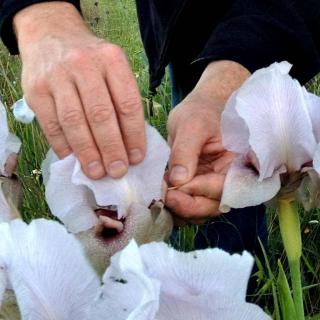
This is what’s done to get prize vegetables like pumpkin and other vegetables! Male pollen from a massive father plant is used to pollinate the female flower of the mother plant to produce offspring that share the qualities of both.
For other squash, such as butternut or kuri squash, you may want to hand-pollinate flowers as well. Indeed, these gourds tend to have male and female flowers at different times, making self-fertilization difficult. If you’ve only got a few plants, hand pollination is the way to go.
In the vast world of iris, hand pollination is a good way to ensure proper parentage.
Some flowers have exclusive pollinators. When the plant is grown where it isn’t native, hand pollination might be needed if the original insect isn’t there.
Use drones to pollinate

- Drone pollination makes it easy to cross-pollinate with a specific variety. All that has to be done is purchase that variety’s pollen specifically.
- Pollination with drones is getting price competitive in areas where bees are rare.
→ Refresher: what is cross pollination
→ If your goal is the opposite: how to avoid cross-pollination

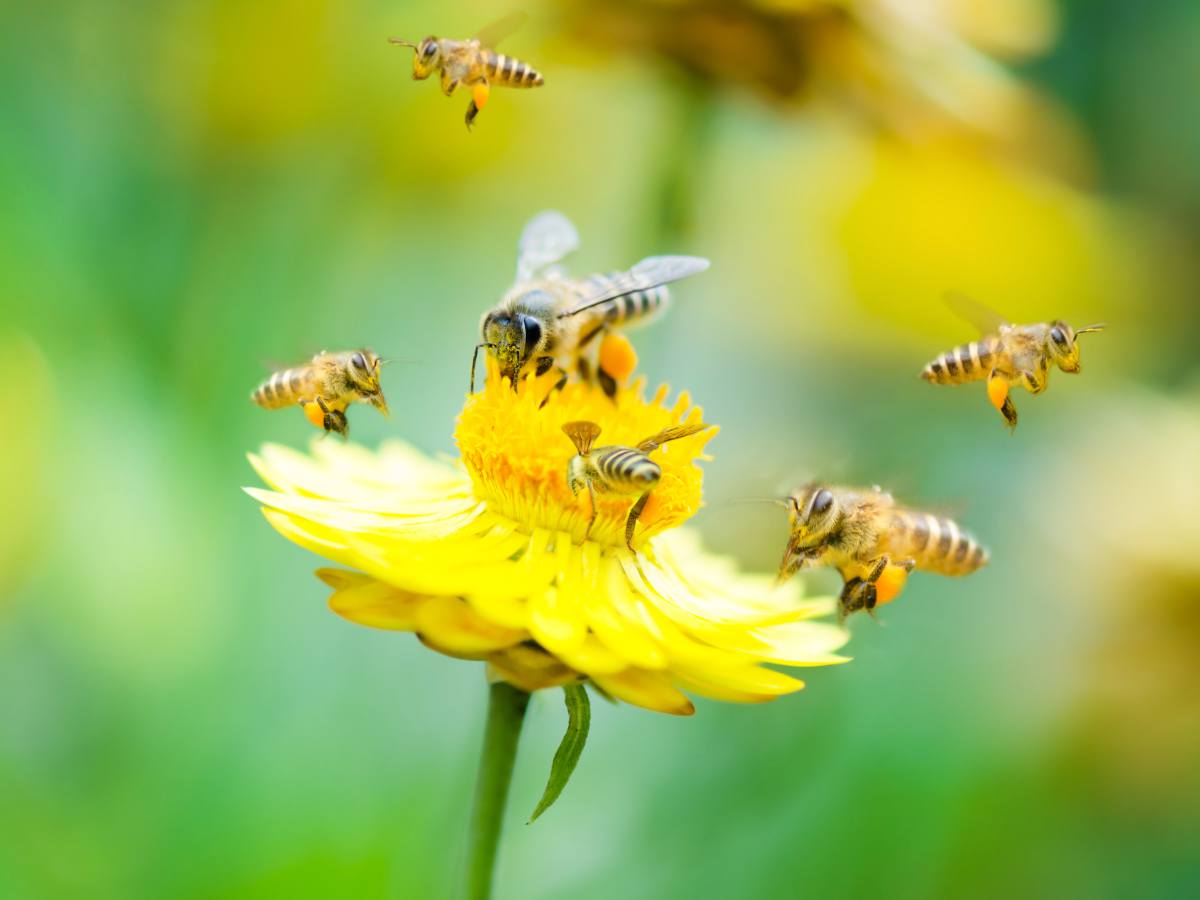
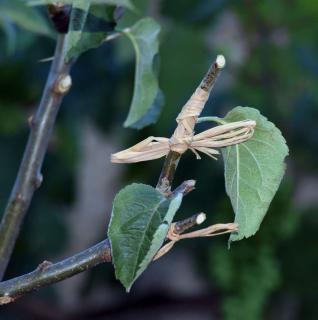
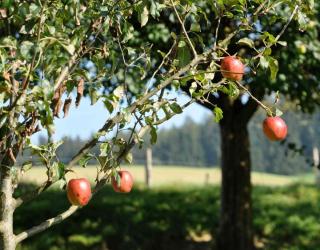
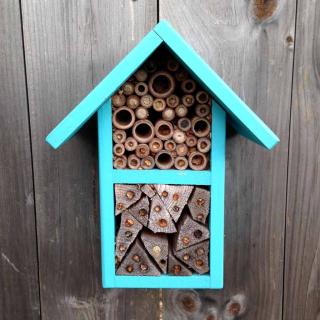
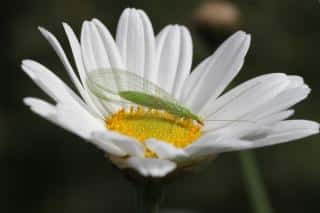
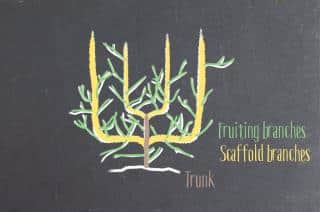
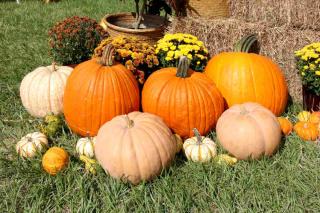
I have a question
Ask my questionI'd like to comment
Post a commentNo comments yet – be the first to share your thoughts!